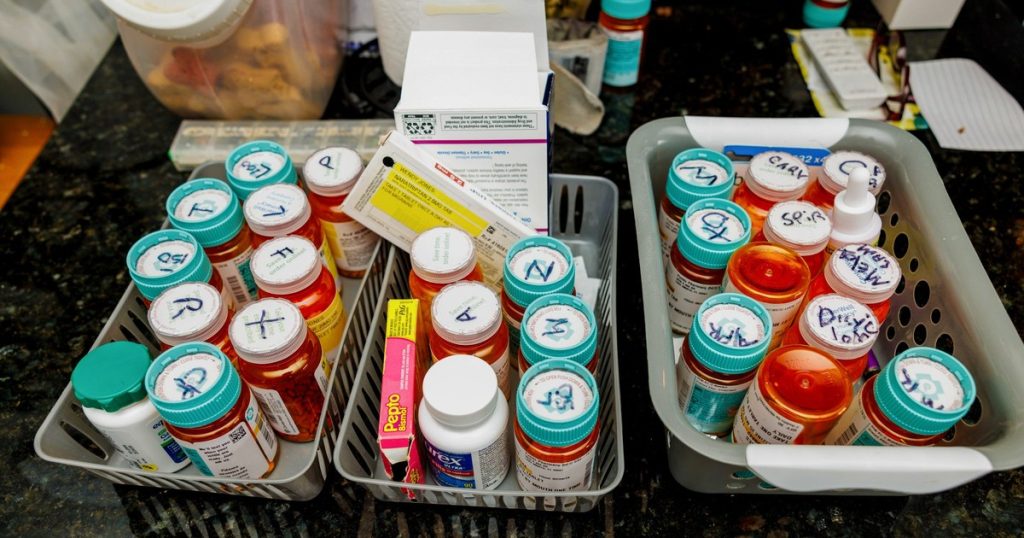A growing health concern has emerged across Africa, including Kenya, as many patients may be receiving ineffective cancer drugs.
The findings, published this week in The Lancet Global Health by a U.S. and pan-African research team, reveal that some cancer medications lack the essential ingredients needed to treat the disease. The researchers gathered dosage samples from 25 pharmacies and 12 hospitals across Kenya, Ethiopia, Malawi, and Cameroon.
Researchers assessed the appearance, packaging, and labeling of each cancer medication and measured the quantity of active pharmaceutical ingredient found in each product and compared it with the expected number for each medication to determine if the product met regulatory standards or not.
Researchers collected a total of 251 samples, including 191 unique brands and lot numbers. Four percent of the unique lot numbers failed visual inspection. The sensitivity of visual inspection for detection of failing products was 9% and the specificity was 97%.
The quantity of active pharmaceutical ingredient in the tested chemotherapies ranged from 28% to 120% of stated contents. Regulatory standards call for a range of 90% to 110%.
Failure rates ranged from 14% to 24% across all included countries, hospitals, and pharmacies. Twenty-four percent of the products had expired prior to assessment some by close to a year. Expired products did not fail the assay more often than non expired products (17% vs 20%).
Patients who receive insufficient dosages of these ingredients could see their tumors keep growing, and possibly even spread.
Similar numbers of substandard antibiotics, antimalarial and tuberculosis drugs have been reported in the past, but this is the first time that such a study has found high levels of falsified or defective anticancer drugs in circulation.
“I was not surprised by these results,” said Lutz Heide, a pharmacist at the University of Tübingen in Germany who has previously worked for the Somali Health Ministry and has spent the past decade researching substandard and falsified medicines.
Heide was not part of the investigative group, but said the report shed light on a problem not previously measured.
“I was delighted that, finally, someone published such a systemic report,” he said. “That is a first, really significant systematic study of this area.”
Nearly a decade ago, the World Health Organization found around one in 10 medicines used in low and middle-income countries were substandard or falsified. Independent research conducted since has backed those figures up, sometimes finding rates that are potentially twice as high.
While high-income countries can monitor supply chains and have stringent regulatory systems in place to identify and withdraw suspect products, the infrastructure to do that is far from common in other regions.
In 2017, the WHO’s review of substandard and falsified medicines offered three solutions based around prevention, detection and response.
Stopping the manufacture and sale of those medicines is the primary preventative measure, but where defective products make it to market, surveillance and response programs can prevent poor quality medicines from reaching patients.








